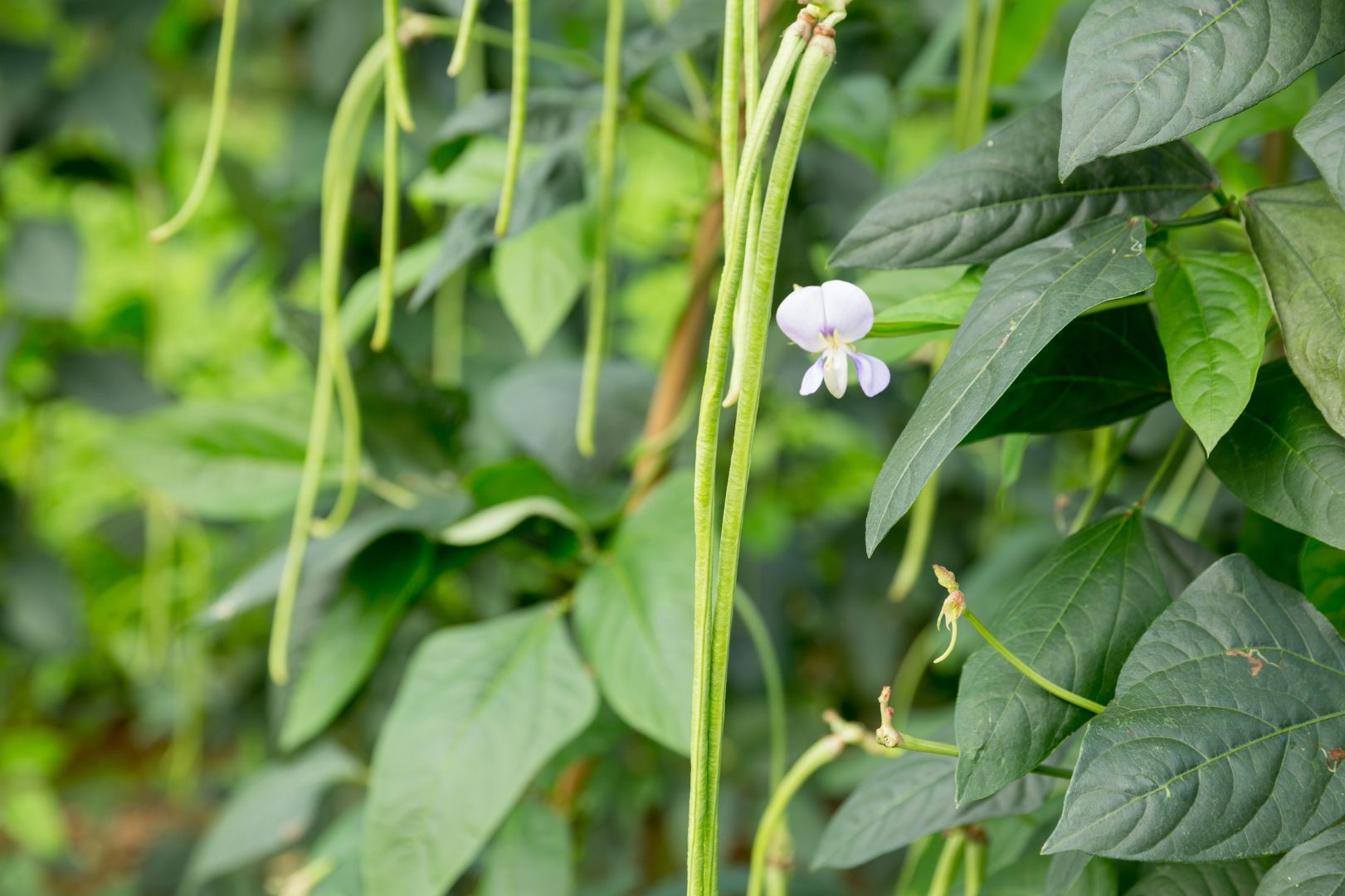Cowpea Plant Information and Variety Selection
All About Cowpeas: Cultivation, Varieties, and Uses
Cowpea, scientifically known as Vigna unguiculata, is an annual leguminous crop in the family Fabaceae. It is one of the most popular legumes in Africa as well as parts of America, Europe, and Asia. They are primarily grown for food and fodder. Cowpeas are herbaceous crops and can grow as short vines or long vines. They have varying leaf sizes and shapes, and the leaves are compounded with three leaflets. The flower colors range from purple, blue, pink, and white to yellow. The seeds and pods come in different sizes, usually long and cylindrical, with the domesticated varieties having larger pods than the wild varieties. The seeds vary from kidney-shaped to spherical-shaped. The grain appearance is also diverse, with varying seed coats, seed sizes, and eye colors.
Cultivation
Cowpea is a drought-tolerant crop that thrives in arid and semiarid regions, becoming a significant source of food and fodder for livestock in regions where it is cultivated. Cowpea are well adapted to sandy soils and are better tolerable to dry and infertile soils than other types of legumes. It is a nitrogen-fixing plant, making it a great companion crop for intercropping, and it thrives as a sole crop. Cowpea thrives in acidic to neutral soils that are well-drained but are not well adapted to alkaline soils. They are planted during the moist and dry season and should be planted after the last frost to prevent them from being killed by the frost. They can be planted in soils with a pH of 4 but are well suited for sandy soils of pH between 5.5 to 6.5. The legume replenishes low soil fertility when the roots are left to decay; it also grows and covers the ground quickly, preventing soil erosion. In Africa, cowpea is mainly grown for food or as a companion crop with cereals, while in Australia and Asia, it is grown as a fodder crop and used for green manure or as a cover crop.
Cowpea commercial varieties and uses
There are roughly 7,000 cultivars of cowpea around the world. The viny cultivars are suitable for forage and cover crops, and the bush cultivars are more suitable for dry seed. Cowpeas have great flexibility, and the farmers can use them to suit their needs, depending on economic and climate constraints.
- Food: Cowpeas are short-season protein-rich food and a source of food energy. The seeds are the main source of food from the plant, but other parts of the plant, like the leaves, green seeds, and pods, are also consumed. Like most other legumes, cowpeas can be prepared and served in different forms: stews, soups, purees, and curries. They can also be processed into flour or paste. Some varieties can be eaten raw, deep-fried, or stir-fried. The cowpeas can also be mashed and served as a thick paste.
- Fodder: They are used as forage, hay, and silage for livestock. They make silage by mixing with maize or sorghum to make sugar for fermentation.
- Green manure/cover crop: They quickly grow and spread widely, making them great for weed suppression and erosion control.
References
- Ecocrop, 2009. Ecocrop database. FAO
- FAO, 2013. Grassland Index. A searchable catalogue of grass and forage legumes. FAO, Rome, Italy
- Madamba et al., 2006. Record from Protabase. Brink, M. & Belay, G. (Editors). PROTA (Plant Resources of Tropical Africa / Ressources végétales de l’Afrique tropicale), Wageningen, Netherlands
- Tarawali, S. A.; Singh, B. B.; Peters, M.; Blade, S. F., 1997. Cowpea haulms as fodder. In: Singh, B. B., Advances in cowpea research, IITA
Further reading
Managing Cowpea Pests and Diseases: Effective Control Strategies
Complete Guide to Growing and Harvesting Cowpeas: Planting Tips and Care










































































